Hunting for the Hunt for Bigfoot: Pointless Week 2022
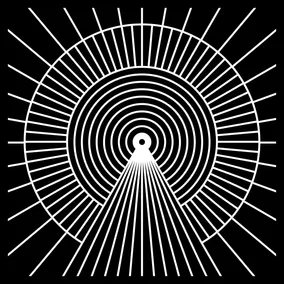
Elyse Kamibayashi, Former Senior Brand Strategist
Article Category:
Posted on
Tracking a fictional hunt for Bigfoot through a physical data installation.
What if there’s a connection between Bigfoot and UFOs?
What might Martians think of humans if they encountered us in the woods late at night?
Do Martians have museums?
These questions — plus Domino's pizza — were our mainstays during this year’s two-day Pointless Week hackathon (if you’re curious about what Pointless Week is, check out this article).
The project was pitched by Aakash (Data Scientist), who proposed doing an IRL, physical data visualization. The rest of our team (Elliott, Art Director; Mariel, Developer; and me, Brand Strategist) loved it.
In our early brainstorming conversations, we were inspired by everything from stage design, to Anthropologie window displays, to medieval charts of the universe.
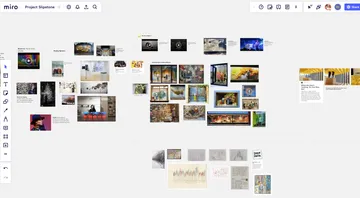
Ultimately, we decided that we wanted to create something akin to a museum installation. We wanted to do something that might be suspended from the ceiling, or hung on the wall — something that you could walk around and study from different angles.
After looking at dozens of datasets (including one dedicated to compiling instances of Quentin Tarantino movies being…essentially Quentin Tarantino movies), we narrowed to two finalists: one database that compiled data from Bigfoot sightings in the US, and another that compiled UFO sightings (also in the US).
We couldn’t decide which dataset to use…so we used them both, and made up a story to justify our decision. This is the beauty of Pointless Week.
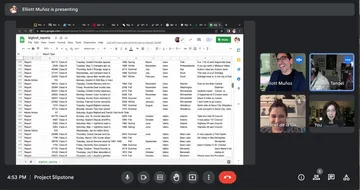
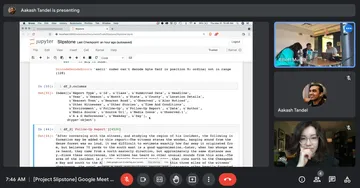
We started by establishing a fictional but (we thought) delightful connection between Bigfoot and Martians. We imagined that Bigfoot was a fugitive from Martian justice, and that the Martians had launched a decades-long manhunt for him. A few mental contortions later, we landed on the final concept for our data installation:
A Martian-made museum installation exploring the Martian's hunt for Bigfoot and subsequent discovery of life on earth.
We loved the idea of looking at Bigfoot through a completely different perspective, even if that perspective was made-up. We loved giving Bigfoot a backstory involving crimes committed against the Martian government. We loved thinking about how Martians might interpret their own history and culture. We especially loved thinking about how someone who doesn’t know anything about humans might respond to bumping into one of us.
The prototype for our physical data installation evolved over the course of several group sketching sessions and two trips to the store to get craft supplies.
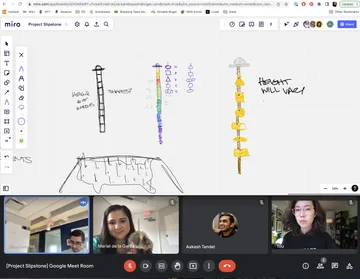
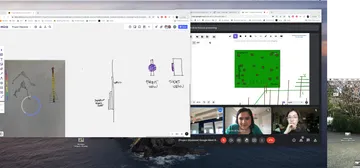
Ultimately, we decided to create a model that looked like the silhouette of Bigfoot, using the geographical distribution of Bigfoot sightings in the US.
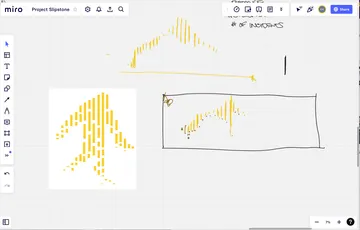
Each yellow bar corresponded with the number of sightings in a single state. Each bar would be made out of foam core and covered in yellow. And each would have a tiny styrofoam flying saucer at the top — so that viewing the installation from the side would make it look like a small army of flying saucers shining beams down in search of Bigfoot.
We created a rough, paper prototype:
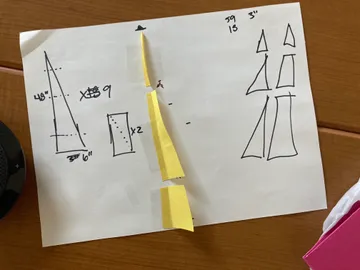
And then we used foam core, wrapped in yellow paper, to create each bar, which we hung on the wall.
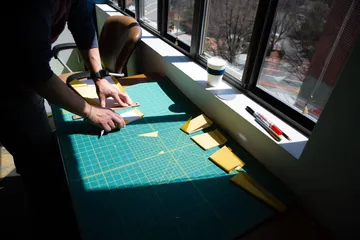
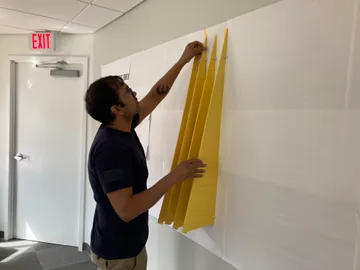
While the actual installation was being prepared, we were also thinking about the space that the installation would inhabit.
We had commandeered a back corner of our office in Falls Church, and it didn’t look much like a museum — especially a Martian museum — but that didn’t stop us from pretending it was.
We named our fictional museum the Museum of Intergalactic Life. We gave it a proper identity.

We wrote introductory text and hung it next to the installation for Martian visitors to pretend to study carefully.
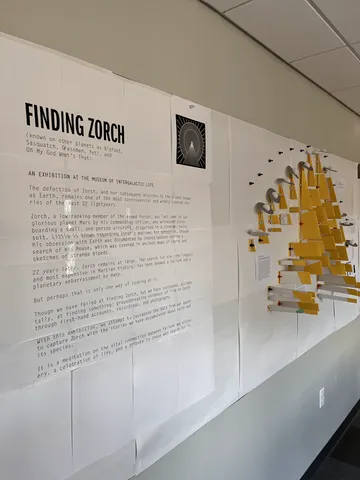
We wrote first-hand Martian accounts of encounters with humans during their search for Bigfoot AKA Zorch (his Martian name) and wove them throughout the installation.
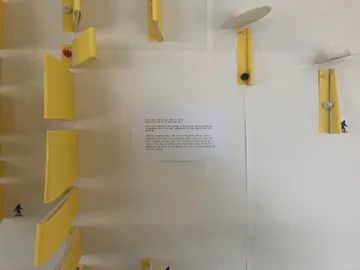
The final result: a Sasquatchian data installation that (depending on how you looked at it) also looked like a UFO search party.
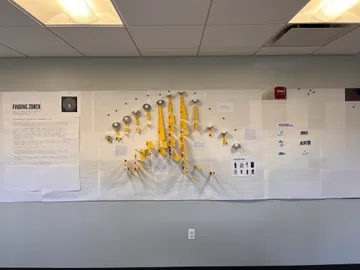
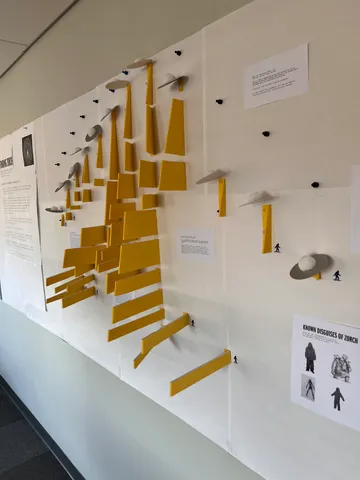
In the end, we are very proud of our little Martian museum exhibition. It’s easy, of course, to see all of the things we could’ve done if we’d had more time. But we also realize that this was never about making something perfect. It was just about making something.
I love that every year Pointless meets a slightly different set of needs. Sometimes you just need to dabble in AI by building a predictive trail conditions app. Other times you might want to build a highly-complicated, highly-entertaining phone-based escape room experience. This year, our little team’s needs were a bit more simple. We needed a break from our screens. We needed to make something together that we could feel. We needed to let our imaginations go on spring break and make questionable decisions.
We’re thankful that Pointless, Bigfoot, and a dozen UFOs were there to let us do that.